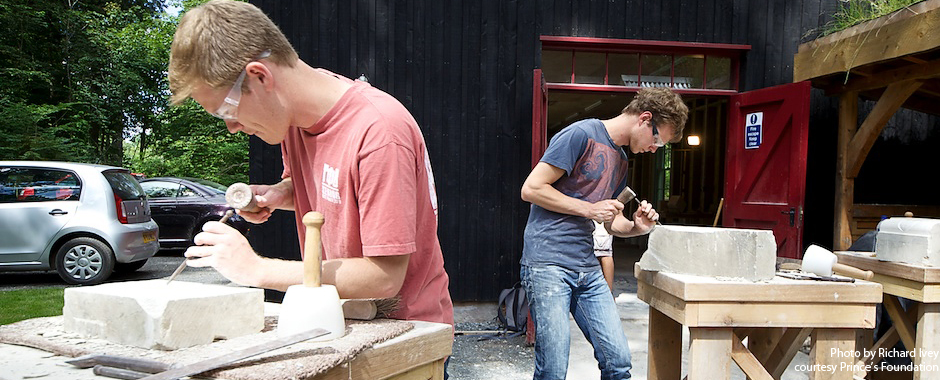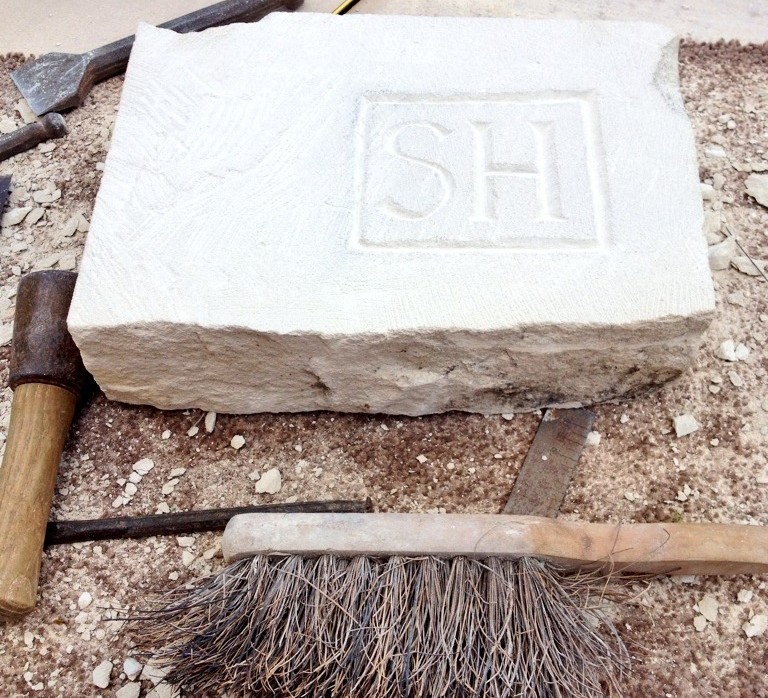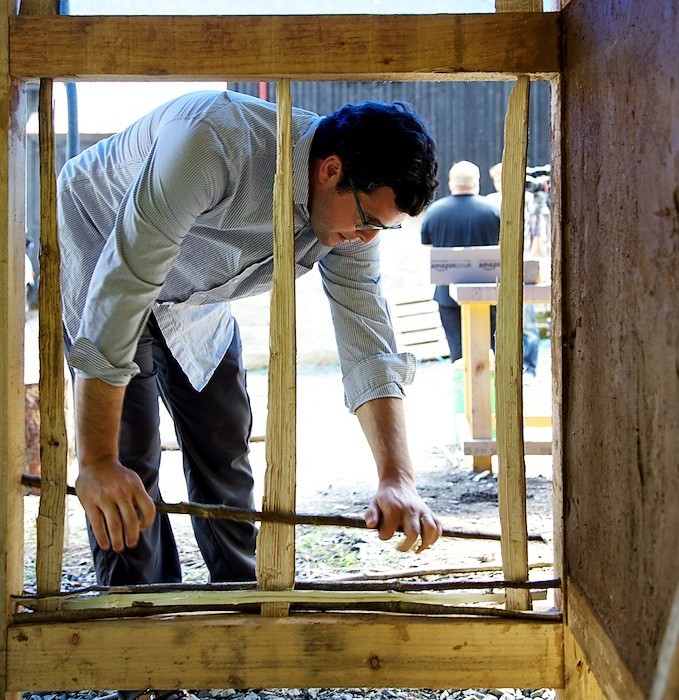
The Institute for Quality Communities, part of the OU College of Architecture, traveled to the United Kingdom to visit the Prince’s Foundation for Building Community» to learn from their highly successful summer school program. Here IQC Executive Director Blair Humphreys and IQC Fellow Shane Hampton share their experiences from the program.
Will future Oklahomans have the opportunity to preserve multi-century buildings?
Here you will find summaries of each of our three weeks at summer school, broken down by week. The story is told in a photo slideshow or in full text below.
|
|
Week 2
For Week 2, we relocated to the Dumfries House Estate. Dumfries House is a 1750s estate home which has been preserved and restored since 2007 by HRH The Prince Charles. The estate is being transformed into a modern operation with training center facilities, beautiful recreational areas, and guest services like dining and lodging.
The focus of Week 2 was traditional building crafts from around the UK. Our class was broken into small groups so that we could have hands-on training from experts in joinery, thatched roofing, stonemasonry, pargetting, and wattle and daub. The skill tutors are all incredible people who are extremely passionate about their crafts. I was especially impressed with their stories about preserving 300-year-old thatched roofs and 500-year-old earthen walls. Personally, these stories really caused me to think about the legacy of buildings we are leaving behind. Will future Oklahomans have the opportunity to preserve multi-century buildings?
In joinery, our groups learned to measure and construct mortise and tenon joints with hand tools, courtesy of Jonny Briggs» and Ben Collyns. By the end of the week, the five groups of summer school participants had prepared all the parts for a lean-to structure that we assembled by the workshops.
Thatch instructors Alan Jones and Dafydd Driver» taught us how to thatch a roof using either straw or heather. One interesting thing about the history of thatching is that over time, straw varieties were developed that would provide both roofing material and food. At the end of the day, we used a mill stone to grind flour from the grains in the straw we used for the roof.
Stonemasonry day began with a rough stone block. The tutor, Jonny Anderson demonstrated how to get started and with his help, we practiced flattening one face of our stones using a chisel and mallet. In the afternoon we were able to experiment with lettering and engraving shapes into our stones. The quality of the designs produced by the summer school participants after just a few hours of practice was very surprising.
Third generation pargetter Johanna Welsh» led each group in a creative, relaxing day experimenting with pargetting- a type of ornamental plasterwork. The lime-based plaster is layered onto a special fiber board and shaped into beautiful designs. As with stonemasonry, the great products produced by each of the participants by the end of the day was very surprising.
Wattle and daub was a messy highlight of the week- by the end of the day, we were covered in mud. Wattle and daub wall panels consist of hazel branches split into flexible halves, woven between vertical supports, then filled and covered with a mixture of mud and straw. In the morning, we split hazel branches and carved down our vertical staves from a log. After lunch, we prepared the woven hazel panel and then rolled up our jeans and stomped around to mix up the mud-straw daub mixture. The mud mixture is then stuffed between the hazel branches and smoothed out to create a finished wall.
After a week of hard work, we had a short bus ride to nearby Glasgow. Glasgow’s main shopping street was a great pedestrian promenade with cafes and shops. Our tour guide, Ed Taylor, pointed out the differences between Edinburgh and Glasgow. While Edinburgh preserved its historic buildings, Glasgow tended to embrace modernist architecture with less sensitivity to urban design quality.















